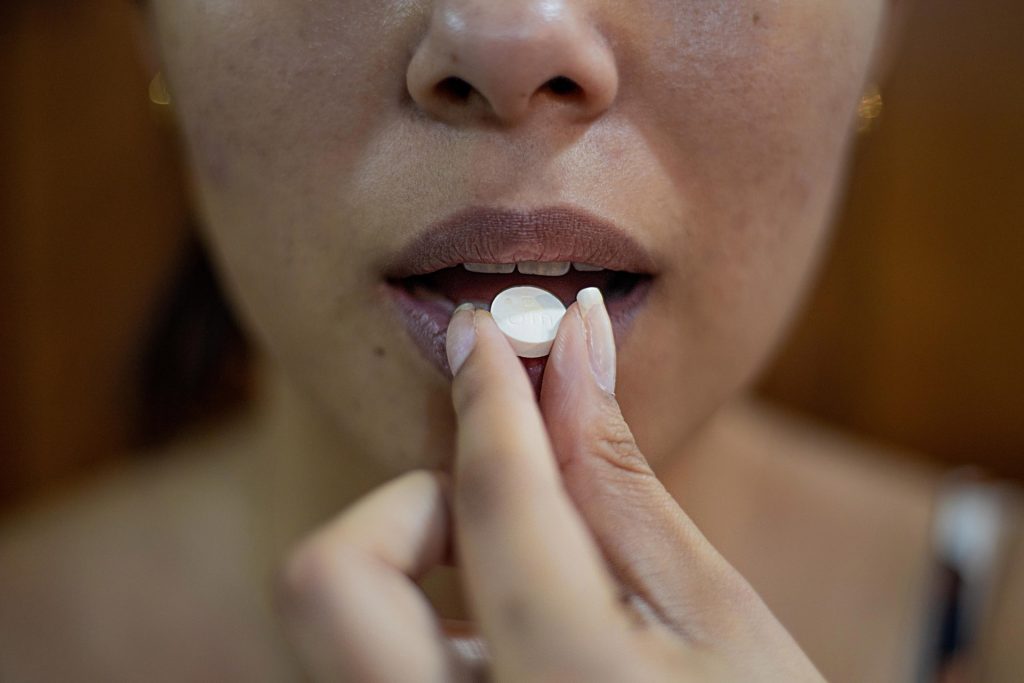Many Youths Continue to Take Post-surgery Opioids for Months

A multi-institutional study found that 1 in 6 youths fill an opioid prescription prior to surgery, and 3% of patients were still filling opioid prescriptions three to six months after surgery, indicating persistent opioid use and possible opioid dependence. The study underscores that more guidance is needed to steer clinicians away from prescribing opioids when they are not likely to be needed and recognising patient-specific risk factors for persistent opioid use. The findings were recently published by the journal JAMA Network Open.
Approximately 1.4 million youths undergo surgery in the United States each year, and there is concern that they remain highly susceptible to opioid-related harms. While significant strides have been made in reducing prescriptions for opioids, it is important for clinicians to consider adolescent patients who may be at risk for developing an addiction to opioids due to a range of genetic, neurobiological and social vulnerabilities. Prior to this study, little was known about risks for persistent opioid use among adolescents and the timing of initial and refill of opioid prescriptions.
“While prior analyses have shown a decline in opioid prescriptions in general, following surgical opioid prescribing recommendations remains a critical issue, especially for adolescents who are more inclined to engage in risk-taking behaviour,” said first study author Tori N. Sutherland, MD, MPH, an attending anaesthesiologist at Children’s Hospital of Philadelphia. “Our study found that these patients are still filling prescriptions that are either not recommended or are in excess of what they may need. They are also filling prescriptions up to two weeks before surgeries not associated with severe pre-operative pain, putting young patients at risk for developing persistent use throughout their lives as they transition into adulthood.”
Using a national insurance database of privately insured patients, the researchers looked at patients between 11 and 20 who underwent 22 surgical procedures that were either common or associated with severe postoperative pain requiring opioids for initial pain management. The patients had not taken opioids prior to their surgeries.
Of more than 100 000 patients, 46 951 (46.9%) patients filled a prescription for opioids, and 7587 (16.2%) of those had a prescription filled up to two weeks prior to surgery for procedures unlikely to be associated with severe preoperative pain. In this group, 6467 (13.8%) patients filled a second prescription for opioids, and 1216 (3.0%) patients filled prescriptions between 91 and 180 days after their surgical procedure.
One of the most important findings was that severe pain following a surgical procedure was not associated with persistent opioid use. However, patients with pre-existing chronic pain, who often underwent procedures associated with mild or moderate pain that could be managed with non-opioid medications, had increased odds of developing persistent opioid use.
“We believe this study underscores the need for establishing a standard of care for patients who undergo these procedures,” said senior study author Scott Hadland, MD, MPH, Chief of Adolescent and Young Adult Medicine at Mass General for Children and Associate Professor of Pediatrics at Harvard Medical School. “Effective pain management is critical and sometimes require opioids, but clinicians also need to make sure they are doing everything possible not to further contribute to the opioid addiction crisis, particularly with young patients.”


